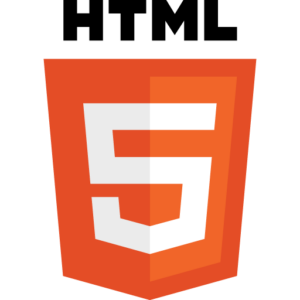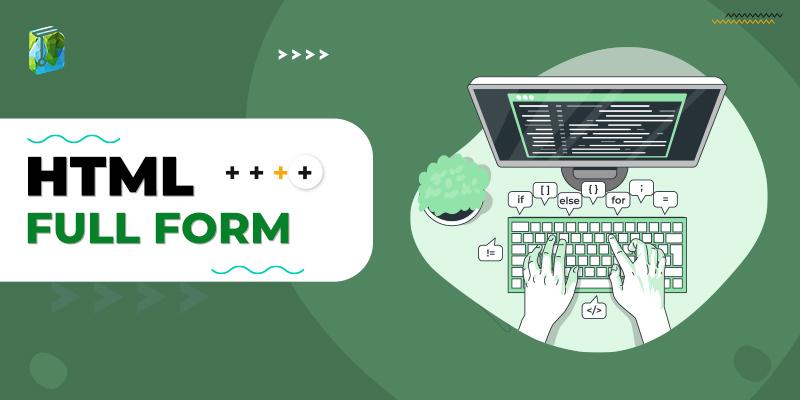HTML is the abbreviated form of HyperText Markup Language.
Introduction
HTML is a standard markup language that is used for creating web pages and web applications and make them functional. Hypertext links that provide connection of web pages to one another, either within a single website or between websites. HTML is used to make static pages. With the help of database connection and Web programming, it can be converted into dynamic pages.
HTML was first created by Tim Berners-Lee, Robert Cailliau in 1980.
The HTML pages are made more visually appealing by applying external styles to them with the help of Cascading Style Sheet (CSS).
HTML documents are received by Web browsers such as Google Chrome, Mozilla Firefox, from a web server or local storage and are rendered into multimedia web pages. HTML can embed programs written in a scripting language such as JavaScript, which controls the behavior and content of the web pages.
In this article you will learn about the basic elements of HTML, uses of HTML, and its advantages and disadvantages. Let’s proceed.

HTML Basic Elements:
The Basic Elements of an HTML Page are:
- A text header, denoted using the <h1>, <h2>, <h3>, <h4>, <h5>, <h6> tags.
- A paragraph denoted using the <p> tag.
- A horizontal ruler denoted using the <hr> tag.
- A link, denoted using the <a> (anchor) tag.
- A list, denoted using the <ul> (unordered list), <ol> (ordered list) and <li> (list element) tags.
- An image, denoted using the <img> tag
- A divider, denoted using the <div> tag
- A text span, denoted using the <span> tag
A Markup Language is a mean used by computers to communicate with each other to define how text is processed and presented. To perform these functions, HTML uses two things: tags and attributes.
Tags are used to mark the start and end of the HTML element, whereas attributes hold additional information in the form of opening tags.
HTML provide features like HTML Tables, HTML Forms. The HTML Tables help to represent tabular data on a webpage in an understandable, accessible manner. The Form comes up with functionality for interacting with websites, such as registering, log in, and ordering products online.
HyperText Markup Language (full form of HTML) documents can be delivered either by HTTP from a web server or by email. Most of the graphical email clients allow the use of HTML to provide formatting and semantic markup which are not available with plain text. This includes typographic information like colored headings, emphasized and quoted text, online images, and diagrams. These clients include both a GUI editor for creating HTML e-mail messages and a rendering engine for displaying them.
Uses of HTML
Following are some of the tasks where HTML can be used:
- Development of webpages
- Internet navigation
- Support in Data Entry
- HTML5 supports offline browser usage
- Development of games
Advantages of HTML
- HTML language is supported by every web browser.
- It is an easy-to-learn and use markup language.
- It allows the use of a template for designing a webpage.
- No usage of software and no plug-ins make HTML free for users to use.
- It is a search-friendly engine. The creation of SEO-compliant websites using HTML becomes easier compared to any other programming language.
Disadvantages of HTML
- It can create only static and simple webpages. HTML is not useful in creating dynamic pages.
- Need to write a lot of codes for making a simple webpage.
- Security features are not good at HTML.
Conclusion
Hope you have understood by now the history behind development of HTML, the basic elements of HTML, where HTML is used, and its advantages and disadvantages.
We can say that HTML plays an important role in web development as it forms the basic skeleton of a webpage. If you are aspiring to become a web developer then you should learn HTML followed by CSS, Bootstrap, and JavaScript to become an expert in this field.
If you have any doubt or query related to HTML, feel free to comment. We will definitely help you out.

